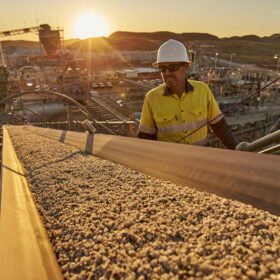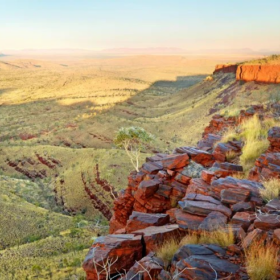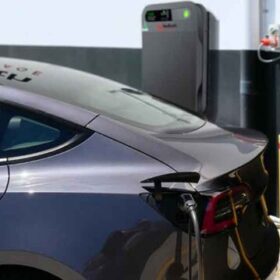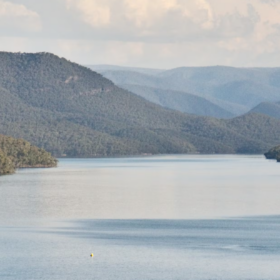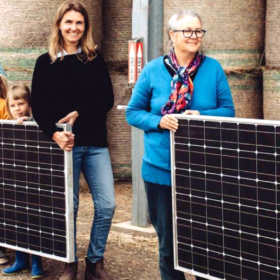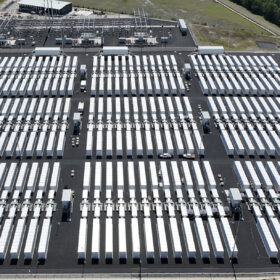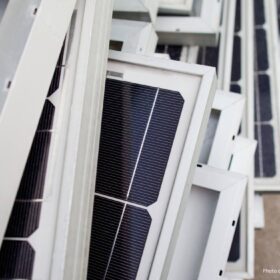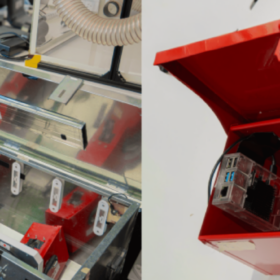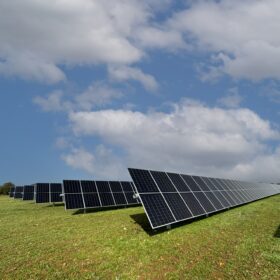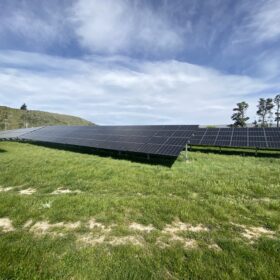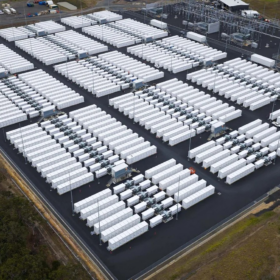Accelerating innovation through collaboration: a sustainable future for Australia’s resources sector
Director of CSIRO Mineral Resources Dr Louise Fisher reveals how collaboration across research, industry and government is driving decarbonisation, digital transformation and the development of sustainable, globally competitive supply chains for critical minerals.
Significant benefits from clean energy project investment with First Nations
A new First Nations Clean Energy Network in collaboration with Ernst and Young report recommends investors in clean energy projects in Australia accelerate and enjoy the value add-ons and economic benefits that partnering with First Nations groups can bring.
RedEarth’s Australian-made V2G charger gets ready for market
Australian energy storage manufacturer RedEarth Energy Storage is set to bring its Australian-made vehicle-to-grid electric vehicle charge to market, and has also released two next generation products from its smart energy ecosystem.
White elephant? Hardly – Snowy 2.0 will last 150 years and work with batteries to push out gas
When Snowy 2.0 is in the news, it’s usually about money. The cost of the huge project has gone well beyond the initial $6 billion estimate and will now cost more than $12 billion.
Relectrify next-gen storage system fast tracked with $25 million ARENA backing
Victoria-headquartered battery technology company Relectrify has received $25 million ARENA backing to help deploy it’s CellSwitch inverterless technology, which promises to deliver 20% more energy over a battery system’s lifetime.
Ingeteam named inverter supplier for Victorian Winton North hybrid project
Clean energy technology company Ingeteam will supply inverters for the 227 GWh European Energy Australia Winton North hybrid project currently under construction in Victoria.
Community solar and battery projects empowered by new incubator program
The Community Power Agency has launched a two-year pilot program to support communities with tailored training, mentoring and starter funding to move mid-scale solar and battery projects from early feasibility to investment readiness.
Market backs big batteries as coal exit continues
Utility-scale batteries are rising to the challenge of guaranteeing network reliability as the clean energy transition continues, with Australia having now surpassed the United Kingdom to become the third-largest market for large-scale battery energy storage systems globally, behind China and the United States.
Australia leads international zero-carbon silicon recovery research
Australian researchers are collaborating with organisations in India, Indonesia and the United States to develop a zero-carbon, automated end-of-life solar panel recycling process using robots to recover ultra-pure silicon.
Researchers trial AI-enabled wireless thermal runaway sensing system
Researchers from the University of New South Wales are building and validating a prototype of their AI-enabled wireless sensing system that can spot dangerous heat in lithium-ion batteries before it progresses to thermal runaway.

